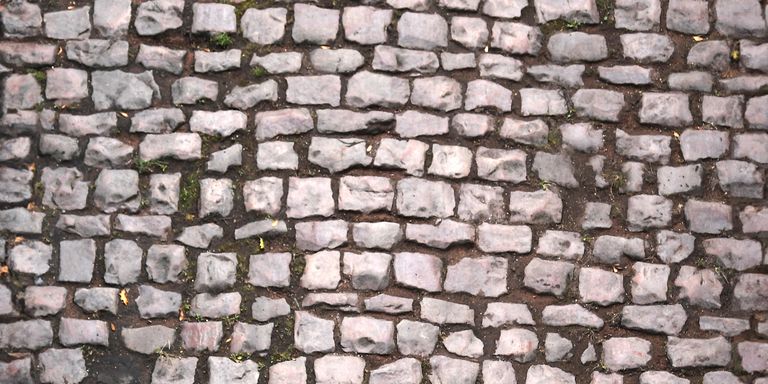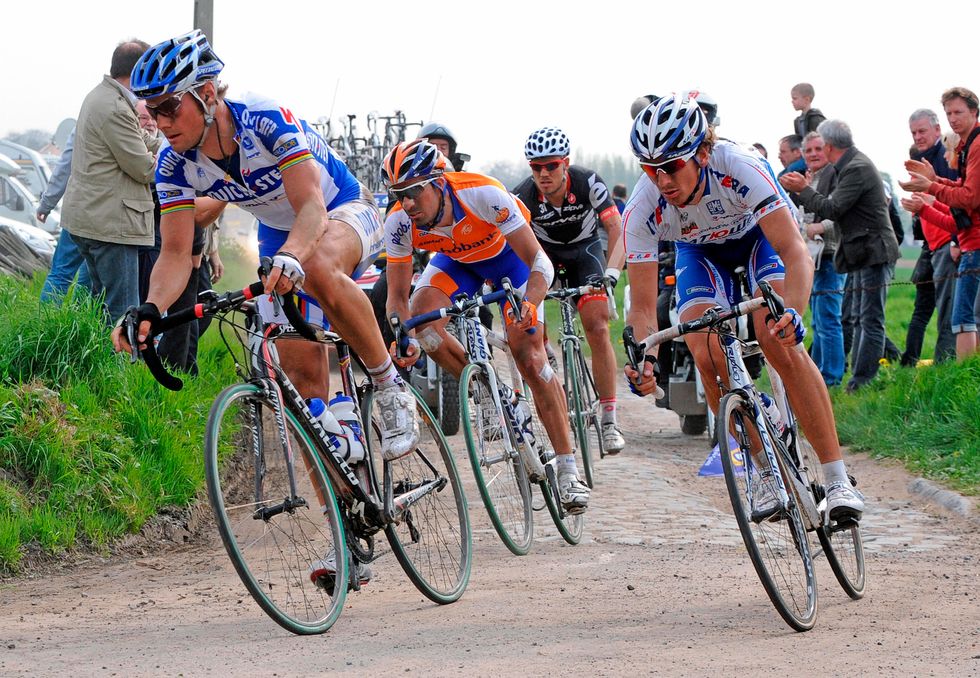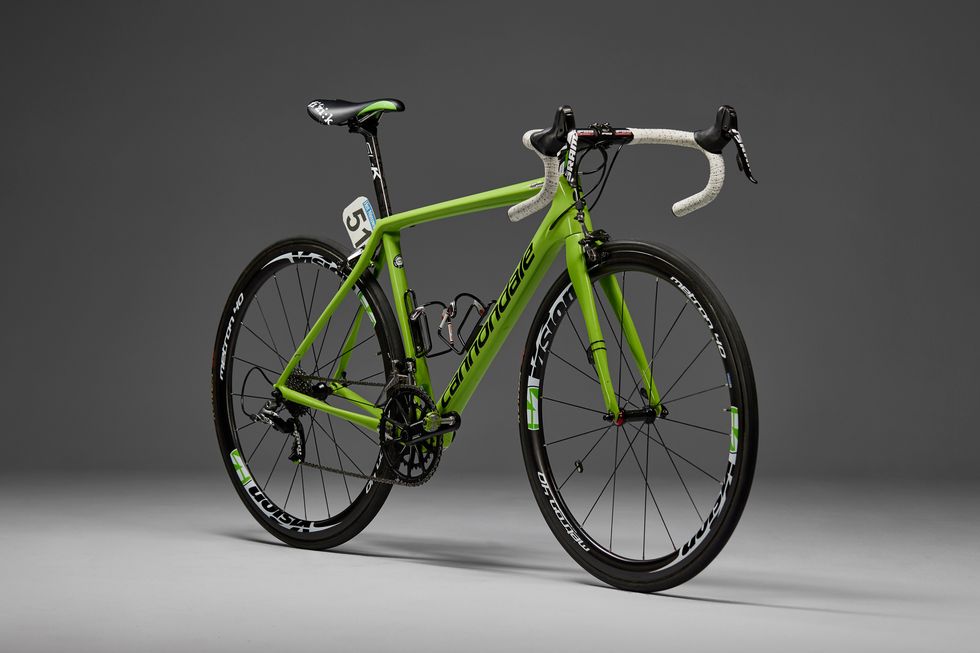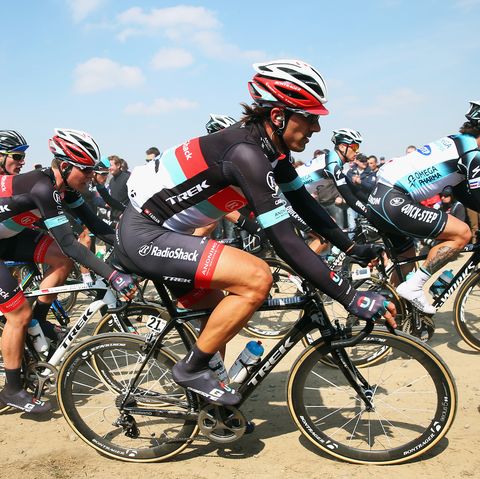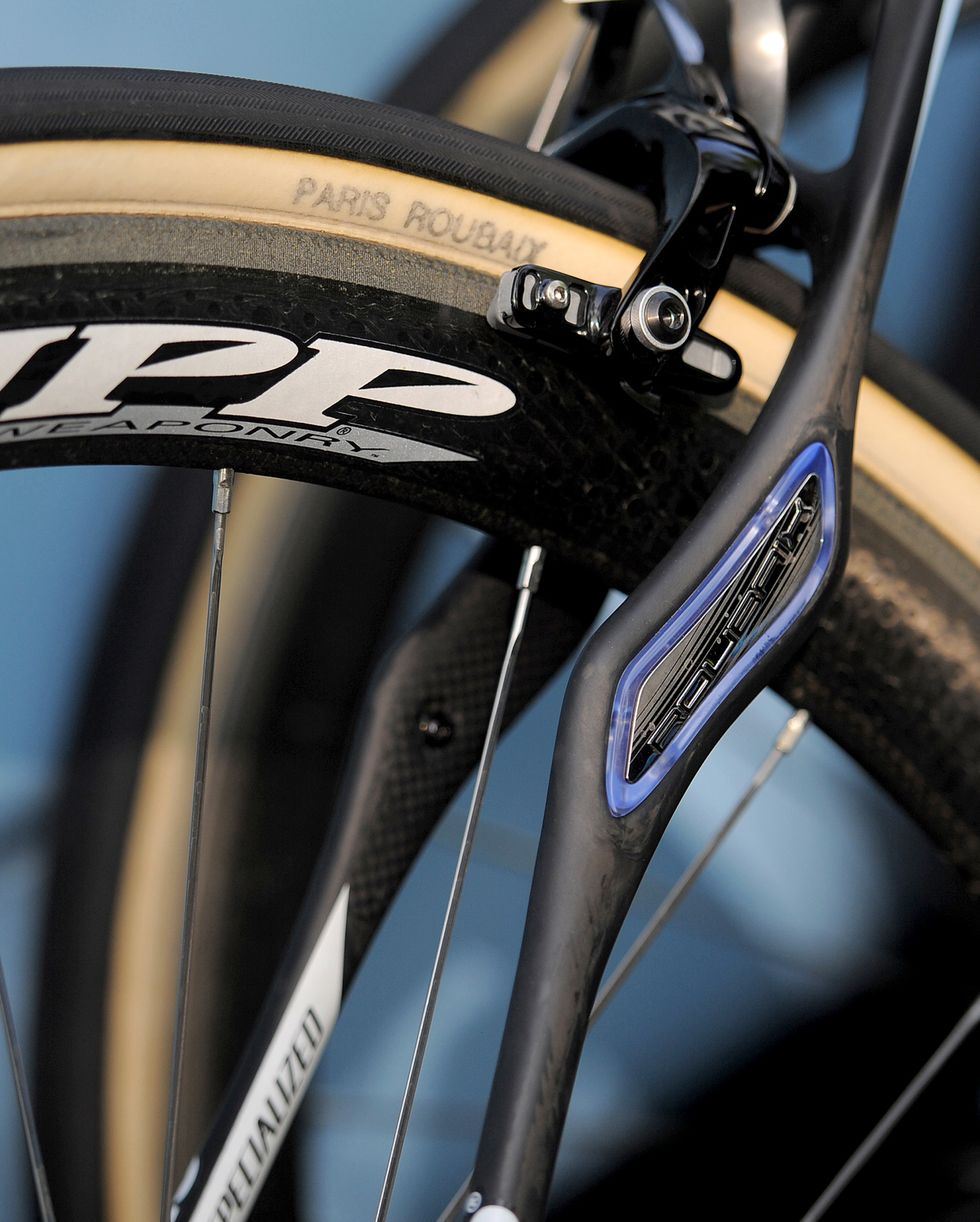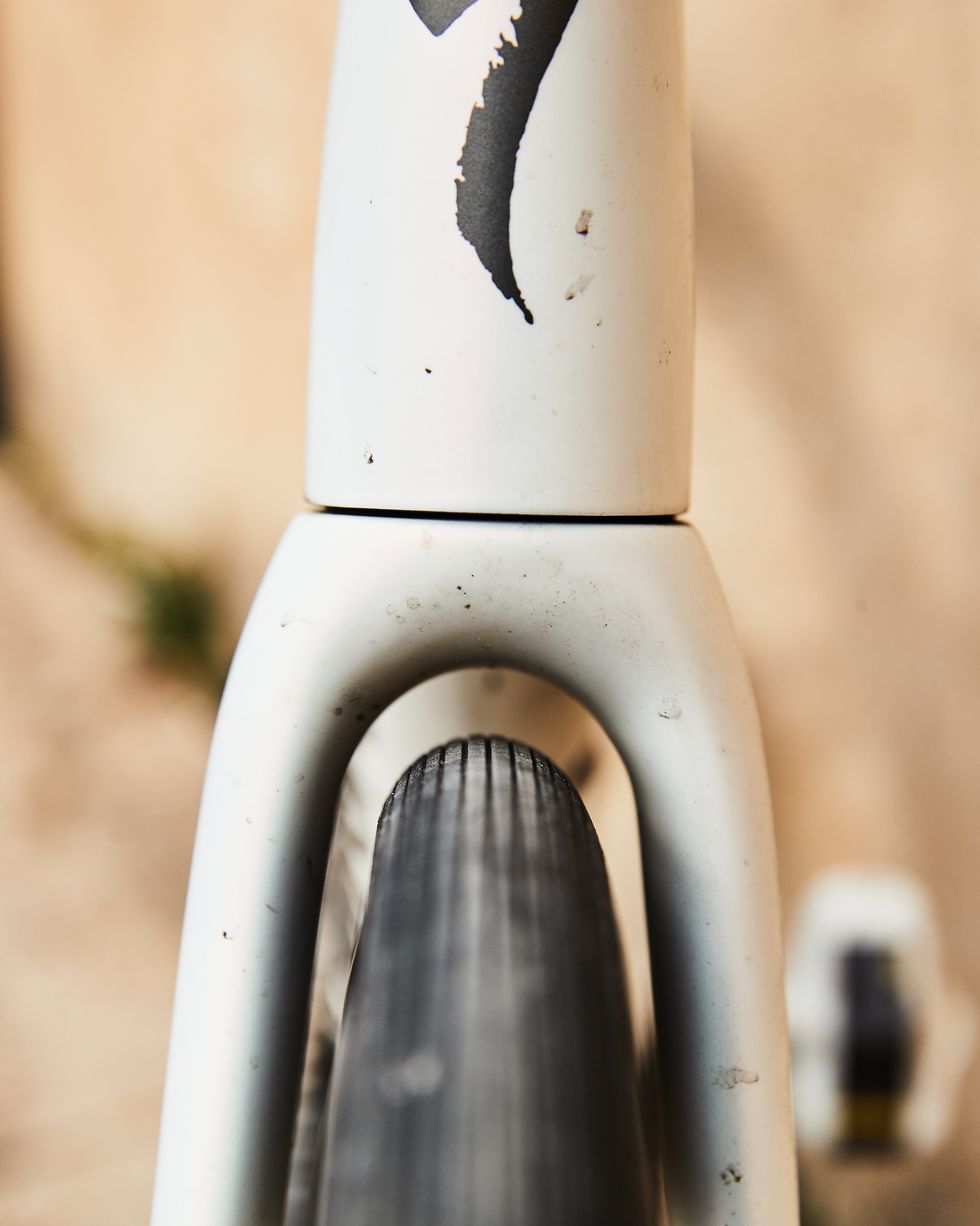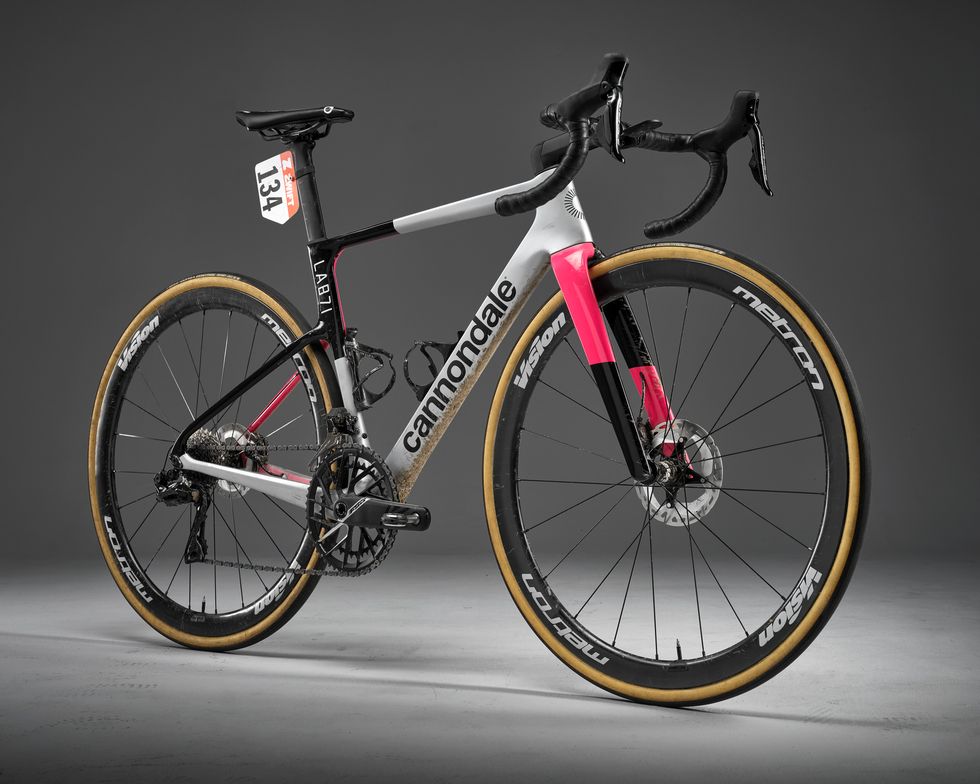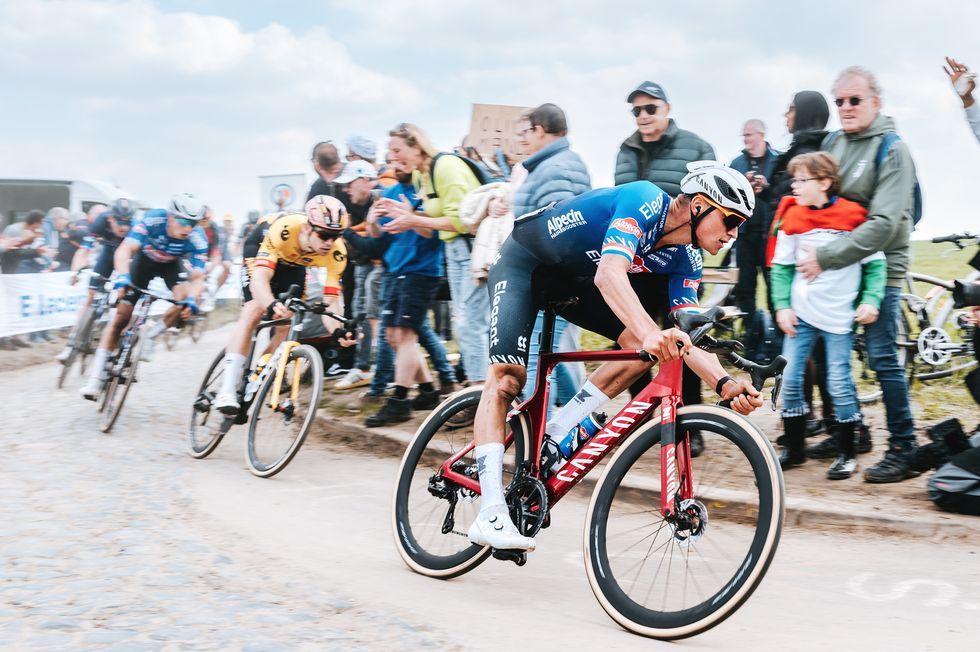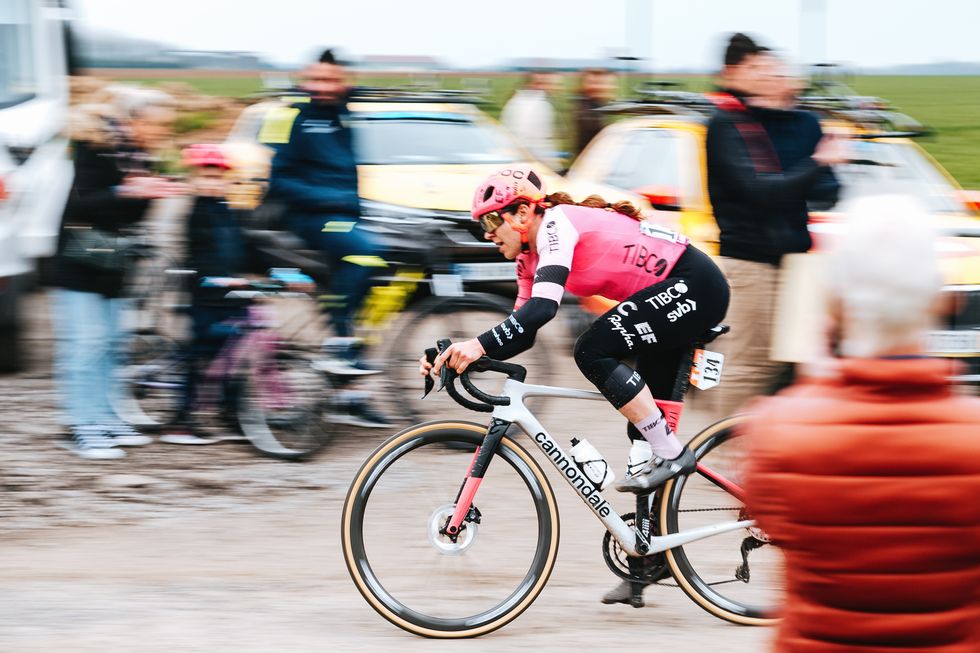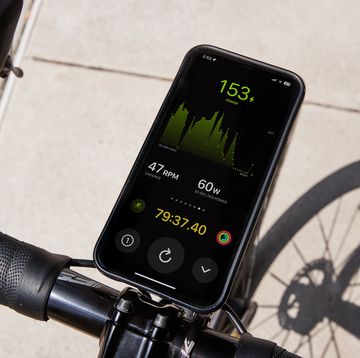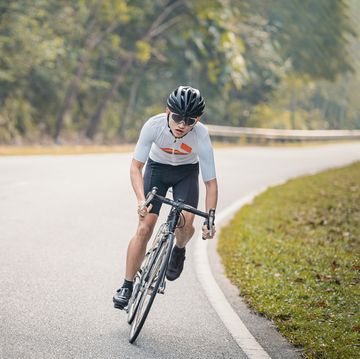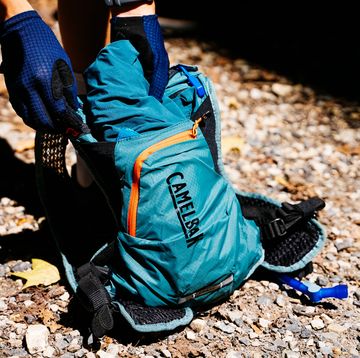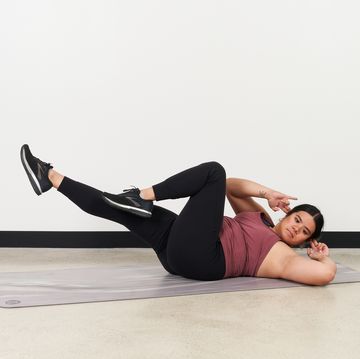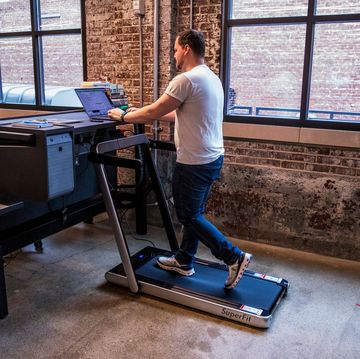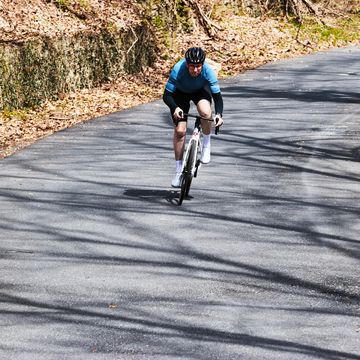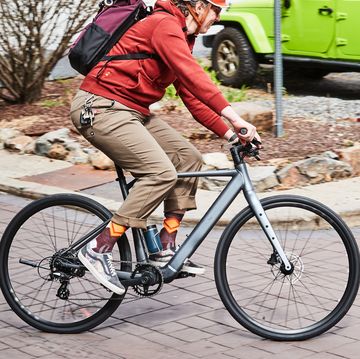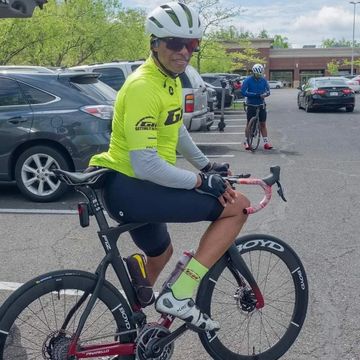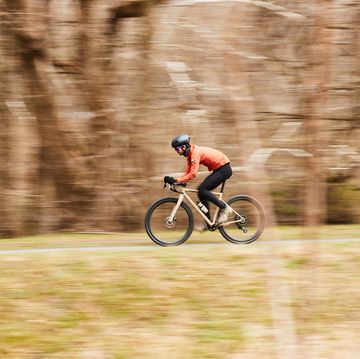Paris-Roubaix is an event steeped in cycling history, lore, and tradition, held annually in April, often on Easter Sunday, it's the second-oldest men's one-day race on the professional calendar, with the first edition running in 1896. (The women’s edition began 125 years later, in 2021.) The race presents a unique, almost mythical, challenge for the racers that contest it each spring. And it’s also a notoriously brutal test for cycling equipment.
Starting in Compiègne for the men and Denain for the women, with both races finishing on the velodrome in Roubaix, Paris-Roubaix’s challenge—and the biggest draw for cycling fans—is the cobblestone roads of northern France.
Some of these roads (or sectors) have been made famous by the race, including Trouée d’Arenberg, traditionally considered the first decisive point in the men’s race. Along with the fearsome duo of Mons-en-Pévèle and Carrefour de l’Arbre, these three sections are considered Roubaix’s most difficult.
The countless cobblestones (also called pavé) that make up these roads aren’t the typical brick pavers used in suburban driveways or to line city streets. For starters, at about 8 inches by 8 inches, the pavé are larger and bulkier. Years of weather have swept away the dirt that once smoothed over the gaps between stones, making for a jarring and uneven surface. It is perhaps the worst road surface imaginable for a road bike.
But it’s the cobbles that define Paris-Roubaix and have made it the best-known single-day bike race and perhaps the most famous cycling event outside the Tour de France. The pavé’s unique demands give Paris-Roubaix its character, but they also create a technical challenge for the racers and modern road-racing bicycles.
The special Roubaix bike is a relatively modern invention. As the late French racer and co-winner of Roubaix’s 1949 running, André Mahé told Procycling magazine in 2007: “[Back then], we rode the same bikes as the rest of the season. The frames moved all over the place. When I attacked, I could feel the bottom bracket swaying underneath me.”
Still, even in the early days, riders would experiment with their bicycles for Roubaix, looking for a more comfortable ride over the stones. Although aluminum rims replaced wooden ones in the 1930s, some racers would still compete with wooden rims at Roubaix into the next decade. Francesco Moser of Italy, a three-time Paris-Roubaix winner, is said to have wrapped his handlebar with foam strips in the 1970s. American cycling legend Greg LeMond was among the first racers to use a RockShox suspension fork at Roubaix in the early 1990s—a product LeMond’s French teammate Gilbert Duclos-Lassalle used for his 1992 and 1993 Roubaix wins.
Instead of technological tricks, some riders experimented with the bicycle’s geometry. Into the 2000s, many racers (especially the sport’s top names) used custom-built frames for Roubaix with modifications that provided more stability and added comfort. In 2005, Belgian Tom Boonen used a custom Time bicycle with a longer wheelbase to capture his first of four Paris-Roubaix wins.
Specialized introduced its Roubaix model in 2004, considered the first commercially available “endurance road bike.” The Roubaix implemented many of the features of the custom bicycles raced at its namesake event: slacker and more upright geometry, a frame that accommodated wider tires, and additional flex for a smoother ride.
These modifications and frame geometries not only helped sponsored professionals tackle the cobblestones of Paris-Roubaix, they were features sought out by many riders who never considered themselves racers. Cyclists needed bikes to ride over many different road surfaces, not just smooth asphalt—and the all-road or endurance bike came to life. Competing brands soon followed Specialized and launched road bikes with similar features. Cannondale’s Synapse, Trek’s Domane, and Giant’s Defy are all examples of endurance-category bikes with Paris-Roubaix roots.
Peter Sagan raced the 2014 Paris-Roubaix on this Cannondale Synapse.
The mid-2000s marked another significant shift for Roubaix race bikes. After the wild suspension experiments of the ’90s and the custom frames that came after, the widespread use of endurance bikes mostly returned the special Roubaix bike’s form to a traditional bicycle silhouette. Instead of over-the-top technological solutions, manufacturers went all-in on maximizing carbon fiber’s material capabilities. These bikes—with a combination of robust wheels, tweaked geometries, a set of top-mounted brake levers, larger-volume tires with top-secret pressures, and double-wrapped handlebars—were the machines of choice for a generation of Roubaix racers.
Fast-forward to 2023 and these unique bikes for Paris-Roubaix are gone. Mathieu van der Poel won the men’s race on a Canyon Aeroad; except for wider tires and gearing, the bike was virtually identical to the Aeroad his Belgian teammate Jasper Philipsen used to win the green jersey in the Tour de France four months later. Similarly, in the women’s race, Canadian Alison Jackson won on an unremarkable (by Roubaix standards) Cannondale SuperSix Evo—the same bike she raced for the entire 2023 season. In less than 15 years, the Roubaix bike simply vanished from the race that had shaped it for a hundred years.
The disappearance of the Roubaix bike did not happen overnight. In 2009, Tom Boonen won his third Paris-Roubaix on a Specialized Roubaix featuring custom geometry to accommodate Boonen’s preference for a very long and low fit. This victory marked the first step in the disappearance of the Roubaix bike; it was the last time the race winner used traditional box-section aluminum rims. The following year, Boonen’s rival, Fabian Cancellara, was the first rider to win Roubaix on a carbon-fiber wheelset, Zipp’s 303.
The next domino fell in 2015 when Germany’s John Degenkolb became the first rider to win using electronic shifting. Then, in 2016, another bell of doom rang for the Roubaix bike when Australian Matt Hayman won aboard a stock aero bike. At the time, racers considered aero bikes too harsh for all but sprint stages in a Grand Tour, much less a race like Roubaix. Three years later, France’s Philip Gilbert became the first rider to win Paris-Roubaix using a disc-brake-equipped bike.
The 2021 edition of Paris-Roubaix saw Sonny Colbrelli of Italy become the first winner to use tubeless tires. Colbrelli was also riding his team’s aero bike, the Merida Reacto, equipped with disc brakes and electronic shifting. In other words, it was the first time in the modern era that Roubaix—the race long considered one of the harshest technological challenges for cycling equipment—was won on a bike almost identical to the ones used for races contested over normal roads.
So what happened? Why did a category of bikes that evolved in response to a race notorious for destroying frames, cracking wheels, and crushing the ambitions of champions just go away? I contacted the product teams at Trek, Specialized, and Cannondale to find out. All three supply equipment to men’s and women’s teams racing Paris-Roubaix this year. They’ve also provided bikes to past Paris-Roubaix winners over the years, some on many occasions.
The brands all pointed to the adoption of disc brakes as the fundamental shift in tech that gave road bikes the versatility and capability to handle the demands of Roubaix. Disc brakes removed space constraints (usually 28mm maximum width) of traditional rim-brake calipers and allowed frame engineers to design bikes with sufficient clearance for higher-volume tires. Even road models purely developed for on-pavement performance and speed—like Trek’s Madone, Specialized’s Tarmac, Cervélo’s S5, and Cannondale’s SuperSix Evo—can now safely fit tires as large as 32mm.
The added clearance enables increasingly wide rims and tires on road race bikes. Only five years ago, riders contested Roubaix on 28mm-wide tires (riders were on 23s or sometimes 25s for most other races on the calendar). But in 2023, the narrowest tires of podium-finishing riders at Roubaix were labeled 30mm, with van der Poel riding to victory on 32s. It’s hard to measure the comfort improvement provided by the increase in tire volume.
But brands cited larger tires as the number one reason for the disappearance of more traditional Roubaix tricks like double-wrapped handlebars. Jonathan Geran, Global Director of Sports Marketing for Cannondale, explained that “tire clearance on the bikes has been a game changer. The riders love that they can use their normal bikes. They don’t have to deal with any fit issues. And it’s much easier for the mechanics, as well.”
Alison Jackson won in 2023 on this nearly stock Cannondale SuperSix Evo.
Another factor in the pivot away from Roubaix-specific bikes is how teams and riders race Paris-Roubaix. “There would be an early break, and the peloton would mosey along for the first 100km or then catch the break shortly after Arenberg,” noted Trek’s Director of Road Bikes, Jordan Roessingh. “Now they’re basically racing from the gun with splits and potential race-winning moves from favorites happening before they even get to Arenberg.”
It’s hard to pinpoint exactly why the men’s race now unfolds more aggressively, but there are some likely reasons. Since 2016, the men’s race has been broadcast live from start to finish, tempting riders to try early attacks to gain exposure for their teams. After COVID-19 canceled the 2020 running, the race’s pace only increased. The 2022 and 2023 editions were the two fastest-recorded Paris-Roubaix races, with van der Poel’s average speed in 2023 a ludicrous 29.1 mph.
The steadily increasing pace combined with more intense racing early in the race (where there are no cobbles) means that aerodynamics plays a more important role in rider performance than in years past. The speed has caused teams to reach for aerodynamically optimized (or full-on aero) bikes from their equipment sponsors versus more comfortable endurance models.
Trek’s men’s team chose the aero-focused Madone (which can clear a 32mm tire) despite having access to the Domane, Trek’s compliance-focused road model. Roessingh said this was entirely due to the team doing the math on how much more efficient the Madone would be at that speed over such a long distance.
Interestingly, the Trek women’s team opted for the Domane. Roessingh explained that the women’s race is 111km (69 miles) shorter than the men’s version. “Because the women hit the stones earlier in their race, and the sectors make up a larger percentage of the kilometers they race, the women’s team opted for the Domane,” he said. “However, we could see this changing in the future if the women’s race continues to evolve similarly to the men’s,” he added.
Meanwhile, most athletes on the Specialized-sponsored Soudal Quick-Step and Bora-Hansgrohe squads opted for the brand’s Roubaix endurance model for the 2023 race. Stewart Thompson, Road and Gravel Category Leader for Specialized explained that the Tarmac SL7 (the race bike option for Specialized’s teams in ’23) was simply too stiff, and most of the riders preferred the comfort provided by the Roubaix platform despite the aerodynamic penalty.
However, with the dynamics of the Paris-Roubaix changing and Specialized’s new Tarmac model offering more tire clearance and rider comfort, the era of the Roubaix racing Paris-Roubaix might be over. “We will likely see more riders switch from the Roubaix to the Tarmac SL8,” Thompson conceded.
The days of riders racing Paris-Roubaix on special equipment are likely behind us, but so are the days of high-end race bikes ignoring comfort as an important metric for rider performance. For its part, Specialized is not renaming the Roubaix anytime soon, even if the bike will likely see far less use in its namesake race. “The current version of the Roubaix is more capable than ever,” said Thompson. “We see the Roubaix as the gravel racers’ road bike or perhaps the perfect bike to tackle lighter gravel events like Steamboat Gravel.”
As stock race bikes became capable enough to tackle Paris-Roubaix, they also became better suited to the demands of everyday riding—and this benefits all road cyclists, not only professional racers. A set of 32mm tires can transform an unforgiving race machine into a comfortable, all-day-riding bike. As someone who loves both nerding out on bike tech and the classic look of box-section 32-spoke wheels on a modern race bike, I am genuinely sad that the era of the special race-day Roubaix bike is behind us. But it’s a testament to how great modern bikes have become when the only thing needed to transform a bike from a Grand Tour racer to a cobble-ready machine is a simple tire swap.
Test Editor Dan Chabanov got his start in cycling as a New York City bike messenger but quickly found his way into road and cyclocross racing, competing in professional cyclocross races from 2009 to 2019 and winning a Master’s National Championship title in 2018. Prior to joining Bicycling in 2021, Dan worked as part of the race organization for the Red Hook Crit, as a coach with EnduranceWERX, as well as a freelance writer and photographer.
